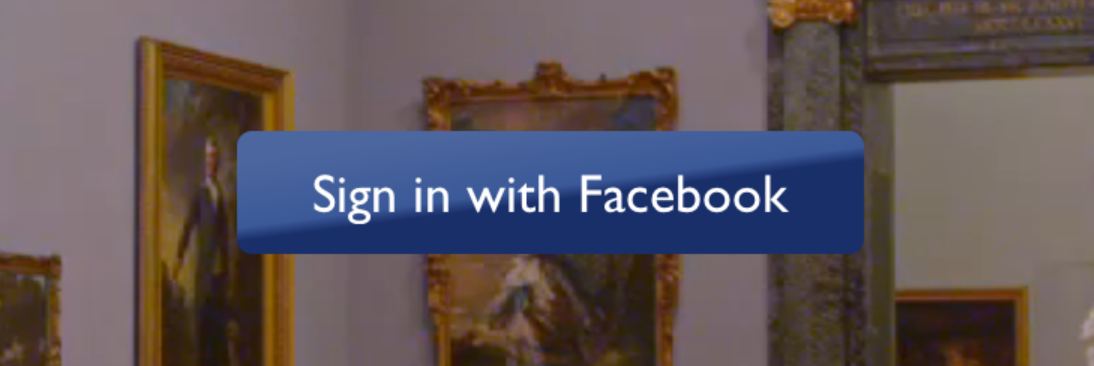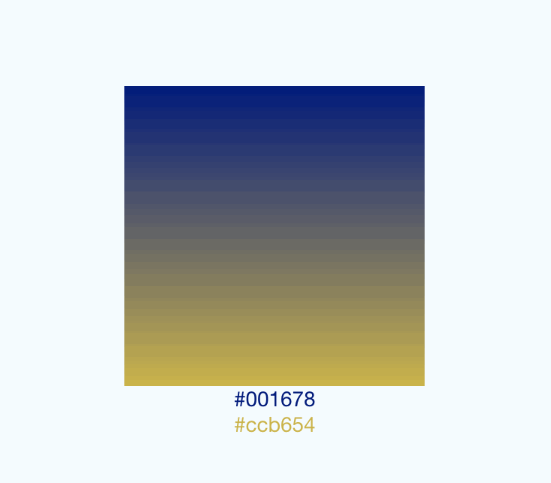
Security News
vlt Launches "reproduce": A New Tool Challenging the Limits of Package Provenance
vlt's new "reproduce" tool verifies npm packages against their source code, outperforming traditional provenance adoption in the JavaScript ecosystem.
@berndschrooten/react-native-linear-gradient
Advanced tools
A <LinearGradient> element for react-native
A <LinearGradient> component for react-native, as seen in
react-native-login.
Version 2.0 supports react-native >= 0.40.0
You can try linking the project automatically:
$ react-native link
or do it manually as described below:
npm install react-native-linear-gradient --saveThen either:
add the following line to your Podfile:
pod 'React', :path => '../node_modules/react-native'
pod 'BVLinearGradient', :path => '../node_modules/react-native-linear-gradient'
or:
Libraries and click Add Files to "Your Project Name" Look under node_modules/react-native-linear-gradient and add BVLinearGradient.xcodeproj. (Screenshot).libBVLinearGradient.a to Build Phases -> Link Binary With Libraries
(Screenshot).BVLinearGradient.xcodeproj in Libraries and go the Build Settings tab. Double click the text to the right of Header Search Paths and verify that it has $(SRCROOT)/../react-native/React - if it
isn't, then add it. This is so XCode is able to find the headers that
the BVLinearGradient source files are referring to by pointing to the
header files installed within the react-native node_modules
directory. (Screenshot).Then:
import LinearGradient from 'react-native-linear-gradient';If you're having trouble, you can point your package.json at github to see if the issue has been fixed. Simply change the dependency
"react-native-linear-gradient": "react-native-community/react-native-linear-gradient",
to get the data right from github instead of npm and then npm install
For instance the podspec file does not contain the right data (author attributes etc..) in npm while it does in the github repo.
android/settings.gradle...
include ':react-native-linear-gradient'
project(':react-native-linear-gradient').projectDir = new File(rootProject.projectDir, '../node_modules/react-native-linear-gradient/android')
android/app/build.gradle add:dependencies {
...
compile project(':react-native-linear-gradient')
}
android/src/main/java/com/{YOUR_APP_NAME}/MainActivity.java for react-native < 0.29,
or android/src/main/java/com/{YOUR_APP_NAME}/MainApplication.java for react-native >= 0.29 add://...
import com.BV.LinearGradient.LinearGradientPackage; // <--- This!
//...
@Override
protected List<ReactPackage> getPackages() {
return Arrays.<ReactPackage>asList(
new MainReactPackage(),
new LinearGradientPackage() // <---- and This!
);
}
The following code will produce something like this:

import LinearGradient from 'react-native-linear-gradient';
// Within your render function
<LinearGradient colors={['#4c669f', '#3b5998', '#192f6a']} style={styles.linearGradient}>
<Text style={styles.buttonText}>
Sign in with Facebook
</Text>
</LinearGradient>
// Later on in your styles..
var styles = StyleSheet.create({
linearGradient: {
flex: 1,
paddingLeft: 15,
paddingRight: 15,
borderRadius: 5
},
buttonText: {
fontSize: 18,
fontFamily: 'Gill Sans',
textAlign: 'center',
margin: 10,
color: '#ffffff',
backgroundColor: 'transparent',
},
});
In addition to regular View props, you can also provide additional props to customize your gradient look:
An array of at least two color values that represent gradient colors. Example: ['red', 'blue'] sets gradient from red to blue.
An optional object of the following type: { x: number, y: number }. Coordinates declare the position that the gradient starts at, as a fraction of the overall size of the gradient, starting from the top left corner. Example: { x: 0.1, y: 0.1 } means that the gradient will start 10% from the top and 10% from the left.
Same as start, but for the end of the gradient.
An optional array of numbers defining the location of each gradient color stop, mapping to the color with the same index in colors prop. Example: [0.1, 0.75, 1] means that first color will take 0% - 10%, second color will take 10% - 75% and finally third color will occupy 75% - 100%.
<LinearGradient
start={{x: 0.0, y: 0.25}} end={{x: 0.5, y: 1.0}}
locations={[0,0.5,0.6]}
colors={['#4c669f', '#3b5998', '#192f6a']}
style={styles.linearGradient}>
<Text style={styles.buttonText}>
Sign in with Facebook
</Text>
</LinearGradient>

Check out Examples/AnimatedGradient (git clone this project, cd into it, npm install, open in XCode and run) to see how this is done:

This gif was created using licecap - a great piece of free OSS
You can see this component in action in brentvatne/react-native-login.
License is MIT
FAQs
A <LinearGradient> element for react-native
The npm package @berndschrooten/react-native-linear-gradient receives a total of 1 weekly downloads. As such, @berndschrooten/react-native-linear-gradient popularity was classified as not popular.
We found that @berndschrooten/react-native-linear-gradient demonstrated a not healthy version release cadence and project activity because the last version was released a year ago. It has 1 open source maintainer collaborating on the project.
Did you know?

Socket for GitHub automatically highlights issues in each pull request and monitors the health of all your open source dependencies. Discover the contents of your packages and block harmful activity before you install or update your dependencies.

Security News
vlt's new "reproduce" tool verifies npm packages against their source code, outperforming traditional provenance adoption in the JavaScript ecosystem.

Research
Security News
Socket researchers uncovered a malicious PyPI package exploiting Deezer’s API to enable coordinated music piracy through API abuse and C2 server control.

Research
The Socket Research Team discovered a malicious npm package, '@ton-wallet/create', stealing cryptocurrency wallet keys from developers and users in the TON ecosystem.